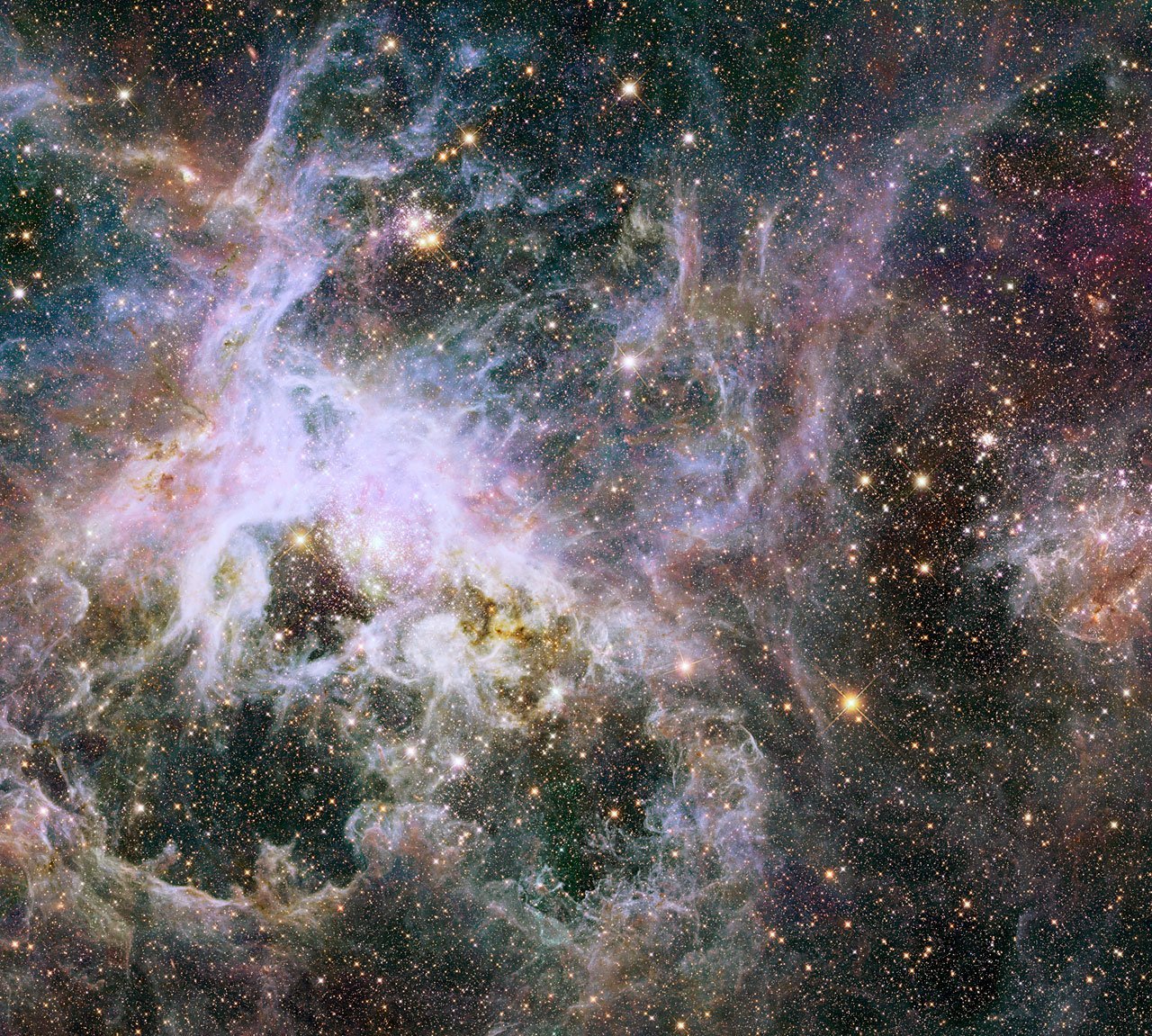A really, really big bang not due for a hundred millennia may help astronomers test one of the central theories of physics, according to one of the authors of a new paper.
Two black holes in Virgo are heading for a “massive collision,” Columbia University astronomer Zoltan Haiman said in a Columbia news release posted on Science Daily. Haiman is co-author of a paper in the journal Nature examining flashes coming from a quasar.
The flashes, according to Haiman and his co-authors, Columbia’s Daniel D’Orazio and David Schiminovich, are originating from a pair of black holes orbiting each other in quasar PG 1302-102, about 3.5 billion light-years away. The two black holes are about a light-week or two apart — less than 200 billion miles. That’s far closer than Earth is to its next nearest star, Proxima Centauri, which is more than 4 light-years (24 trillion miles) from our planet.
Ironically, keeping in mind that a light-year is the distance light travels in a year, what astronomers are seeing in PG 1302-102 actually occurred when life had just emerged on Earth.
In any event, Haiman and his colleagues believe the pair of black holes will collide in about 100,000 years, which is virtually tomorrow in cosmic time. Moreover, the holes are incredibly large: combined, the size of a billion suns, The New York Times says.
Haiman, D’Orazio and Schiminovich were building on research by some Caltech astronomers who first noticed that the two black holes were in a tight, quickly spinning orbit.
The implications are profound. Astronomers won’t have to wait 100,000 years for PG 1302-102 to do its thing; thanks to the knowledge gained in the study — including ways to spot other black hole pairs — they can focus on other binaries and have hopes of detecting a collision in the next 10 years.
According to Einstein’s general theory of relativity, such a crash should release monumental gravitational waves — waves that have yet to be detected.
“The detection of gravitational waves lets us probe the secrets of gravity and test Einstein’s theory in the most extreme environment in our universe — black holes,” said D’Orazio, a Columbia graduate student and the study’s lead author. “Getting there is a holy grail of our field.”



